By all accounts, the 1980s were a great decade for television. In the ‘80s, television shows – sitcoms in particular – began to feel a little bit more grounded and realistic than in previous decades, and there was a concerted effort to make characters come across as actual humans that audiences could relate to. These were the decade’s most relatable TV characters.
To put it simply, a relatable character is one that audiences can identify with. They face everyday problems, like relationship issues and financial difficulties. They display genuine emotions and react authentically to life’s ups and downs. They’re flawed and imperfect, but evolve over time and learn from their experiences. They go to work or school, raise a family, and have meaningful relationships with friends and family, reflecting viewers’ daily lives.
When a character embodies some or all of these traits, they become more than just a fictional character on the TV screen; they become real people who mirror the audience’s real lives and experiences. In the 1980s, TV writers worked hard to make their characters reflect the era’s social dynamics and everyday struggles. They allowed audiences to see themselves in the characters they saw on-screen. These are some of the decade’s most relatable – and most iconic – TV characters. (If you’re looking to go back even further, these are the most relatable TV characters of the 1960s.)
Cliff Huxtable from “The Cosby Show” (Bill Cosby)
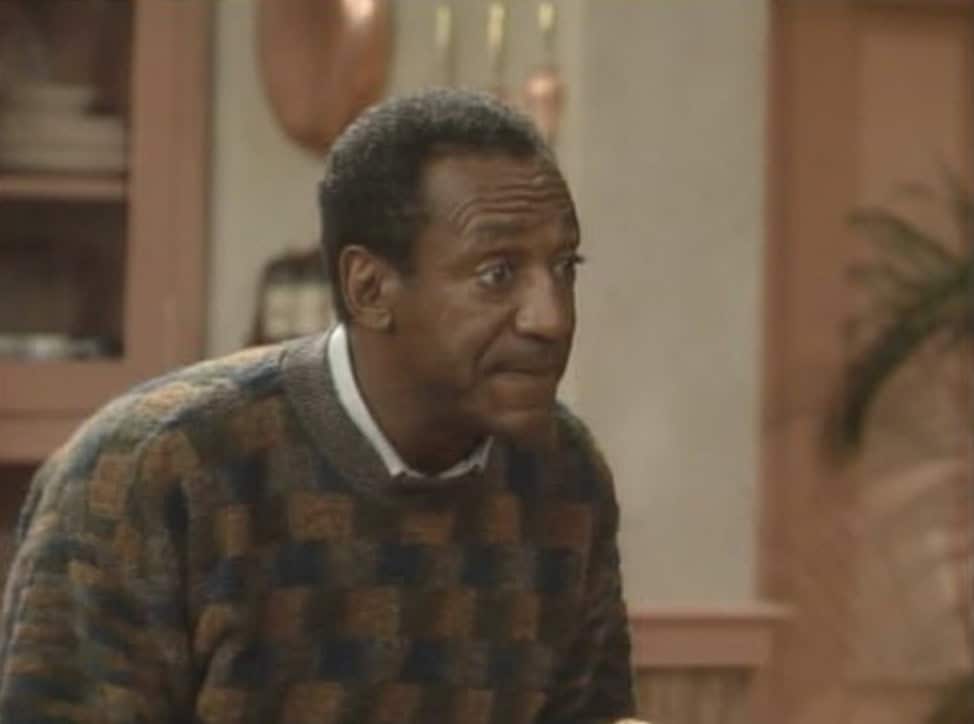
The Huxtable family patriarch, Cliff Huxtable was infinitely wise and loving, with a great sense of humor and the ability to offer guidance and always keep a good sense of perspective. He balanced his career with his family life, offering plenty of support for his children.
Roseanne Conner from “Roseanne” (Roseanne Barr)
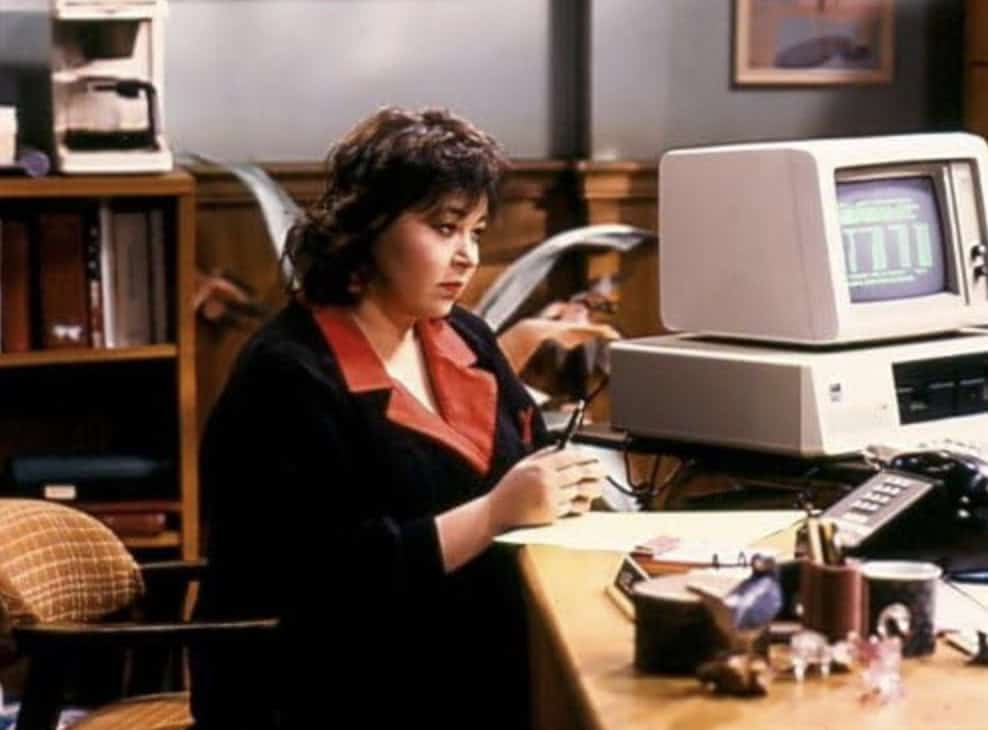
Working-class, struggling financially, no-nonsense, and resilient to a fault, Roseanne was unlike any other mother who had ever been depicted on television. She and her family spent the series confronting plenty of common, everyday challenges, and she faced it all with a sense of humor.
Kevin Arnold from “The Wonder Years” (Fred Savage)
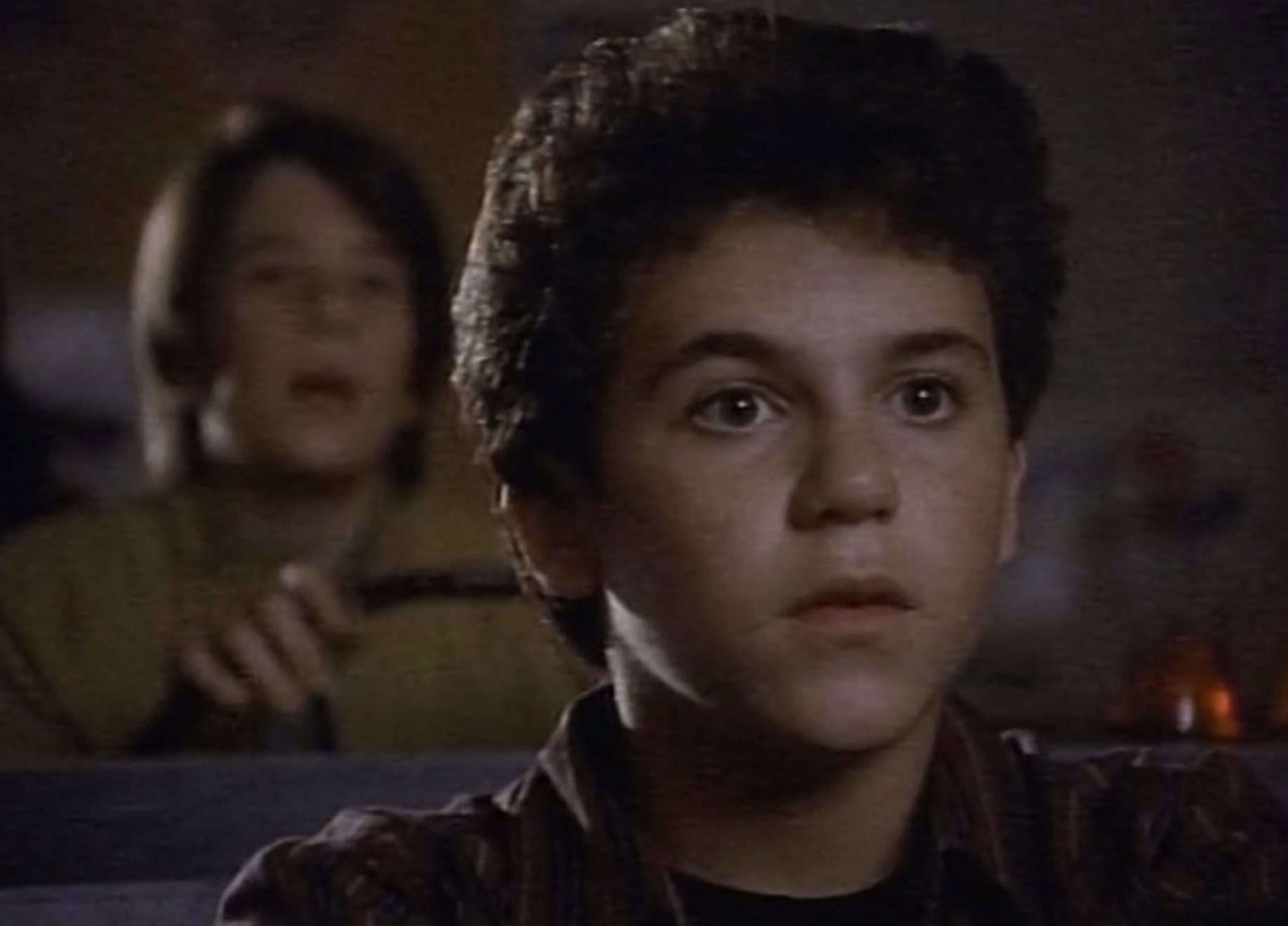
“The Wonder Years” followed the coming-of-age journey of teenager Kevin Arnold through the late 60s and early 70s, navigating school, friendship, family, and first love. Many viewers who also grew up during the same era recognized their own experience in Kevin’s.
Sam Malone from “Cheers” (Ted Danson)
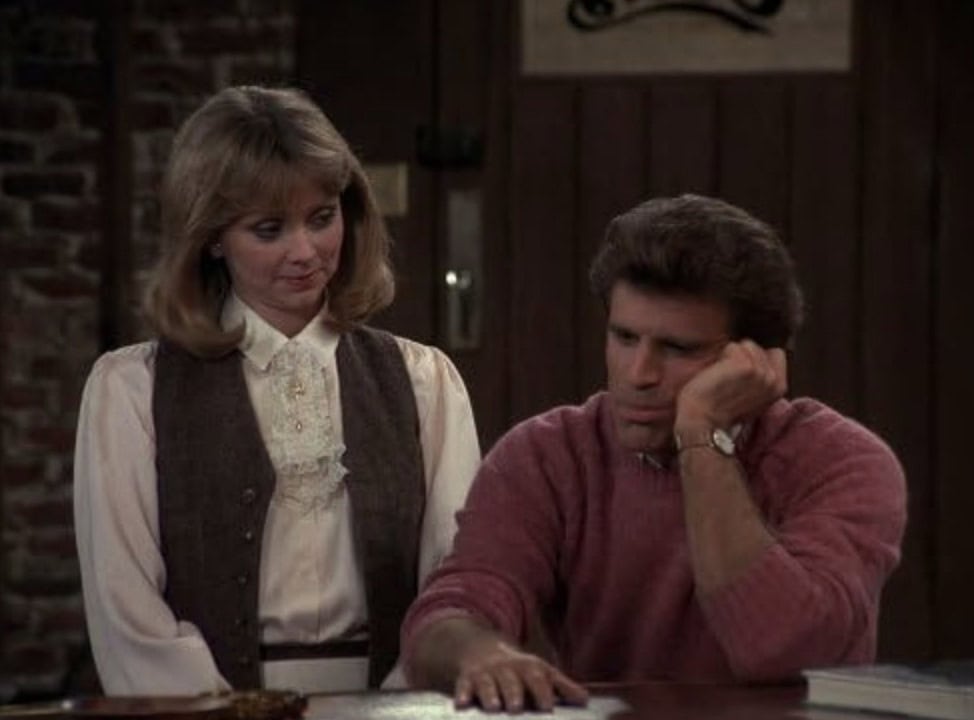
As the main protagonist in the classic “Cheers,” Sam Malone was a charming, flawed former athlete and bartender who spent the series navigating the ups and downs of running a bar as well as his own journey toward personal growth and self-improvement. His relationships with the other characters formed the emotional core of the show.
Clair Huxtable from “The Cosby Show” (Phylicia Rashad)
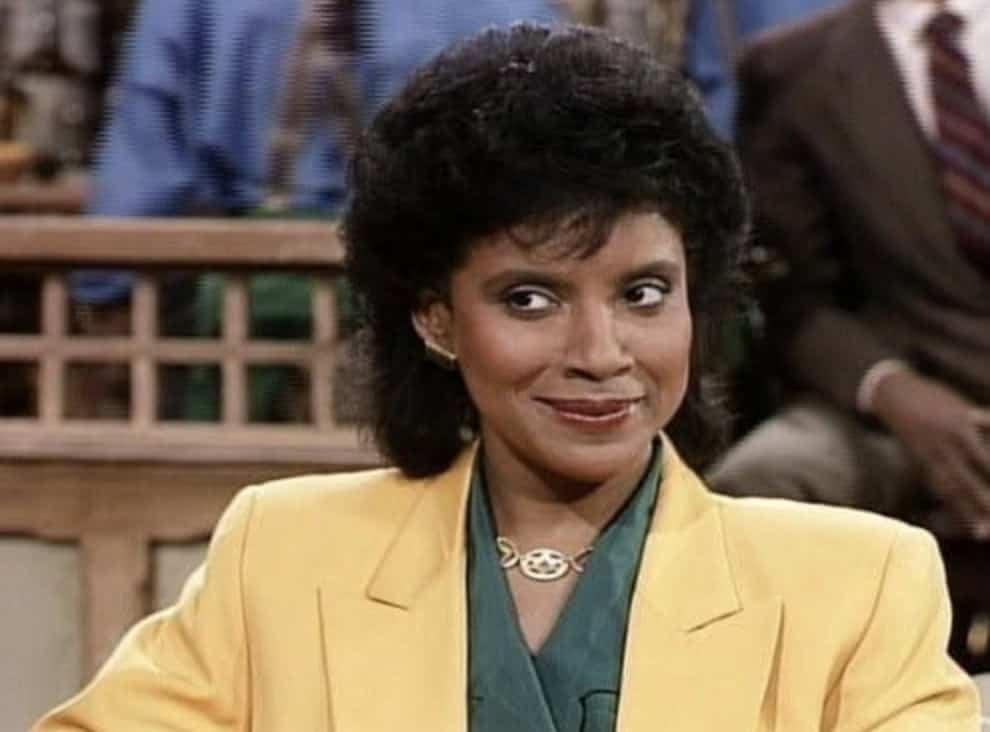
As a successful working mother balancing a career as an attorney with her family life as a devoted mom, Clair Huxtable served as a great representation of the 80s “modern woman” who also had to strike the same balance, and served as a relatable and inspiring character for other working mothers.
Angela Bower from “Who’s the Boss?” (Judith Light)
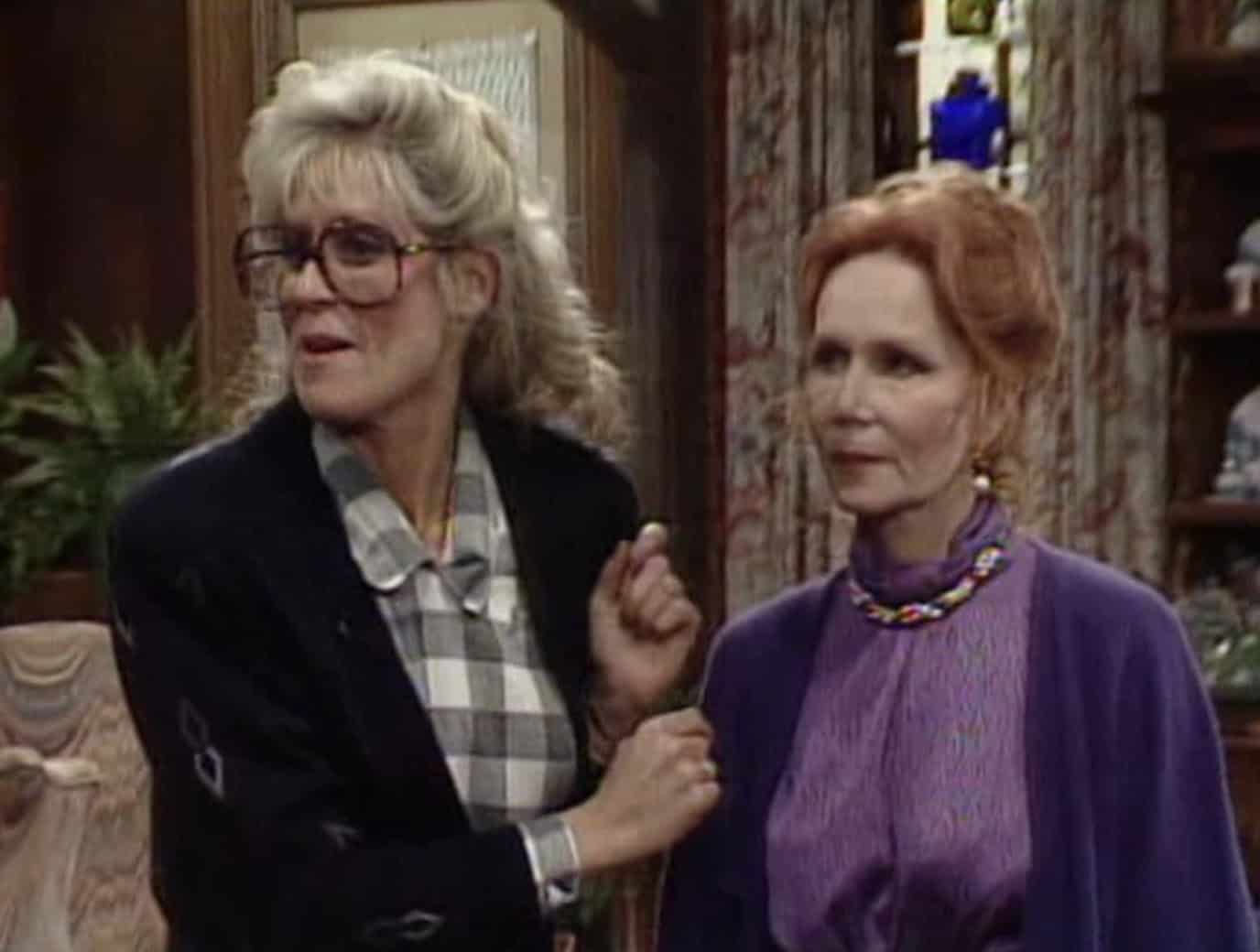
Striving to maintain the work-life balance between being a successful, career-driven advertising executive and a single mother, Angela Bower’s character resonated with viewers who were facing those same challenges. Her relationship with Tony Danza’s character of her live-in housekeeper also highlighted the era’s changing gender roles.
Murphy Brown from “Murphy Brown” (Candice Bergen)
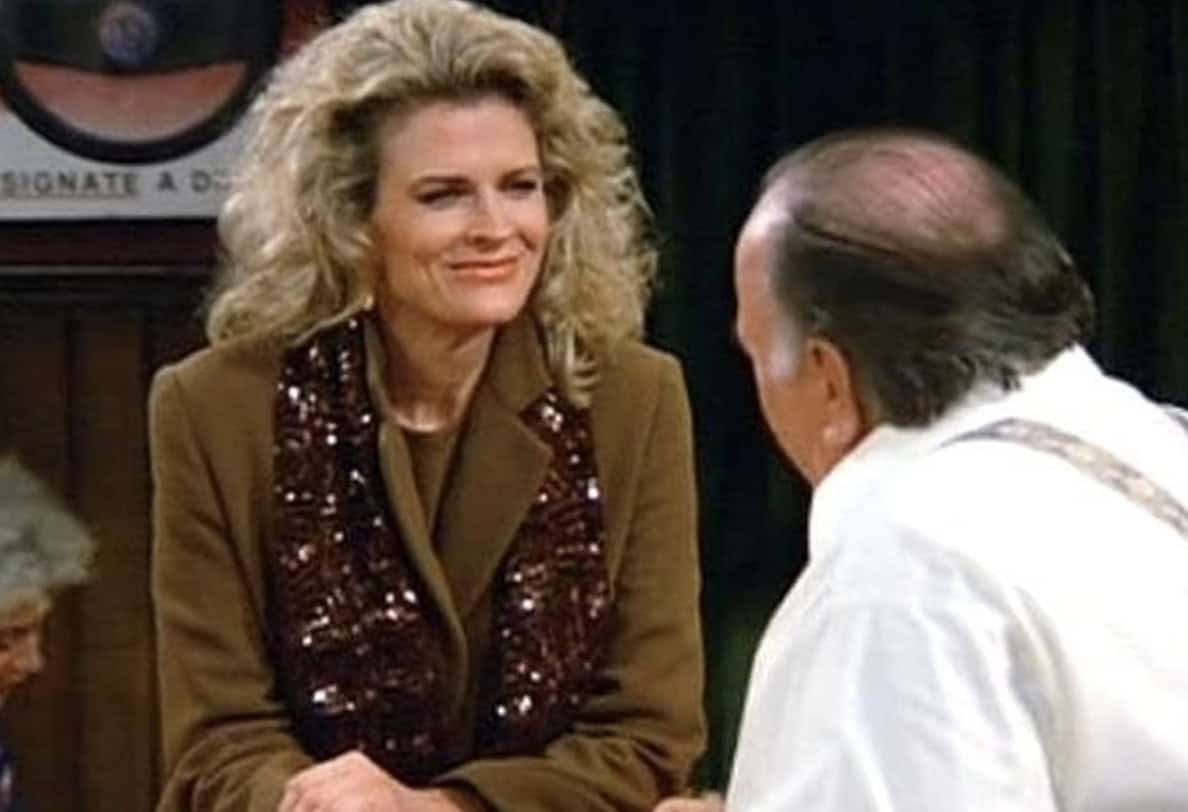
A strong-willed, super-successful investigative journalist and news anchor, Murphy Brown was a groundbreaking and revolutionary character. Over the course of the series, viewers watched her navigate her career and personal life, and her journey resonated with millions of viewers, especially other women in the workforce.
Mike Seaver from “Growing Pains” (Kirk Cameron)
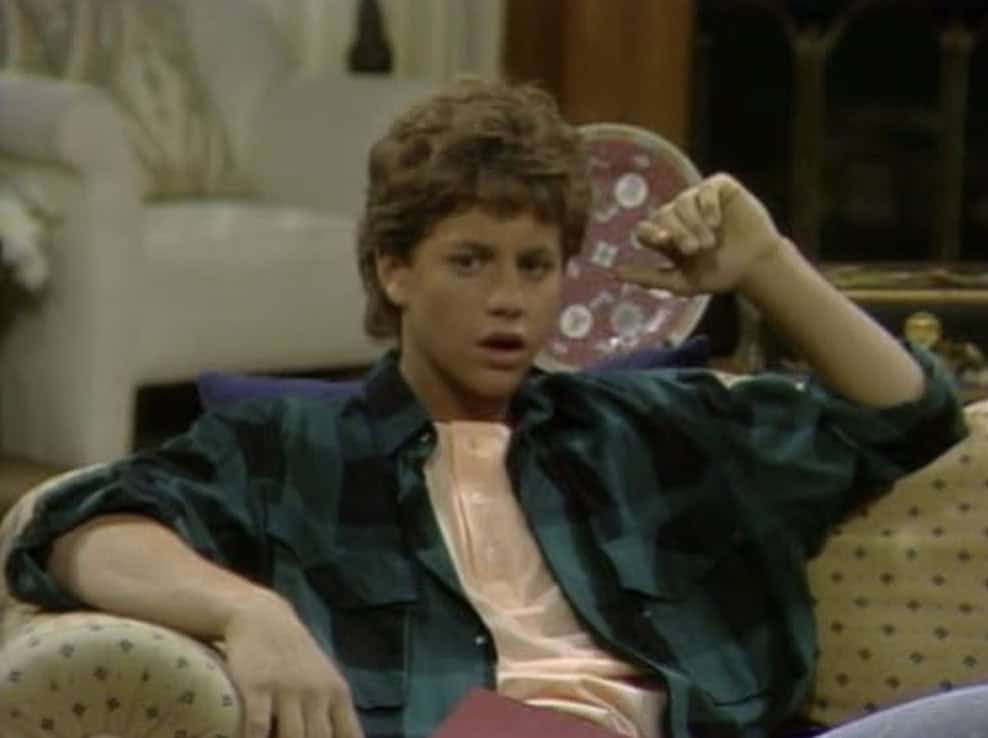
Mischievous and charming, Mike Seaver was in many ways a typical adolescent, dealing with school, friendships, and complex (and oftentimes hilariously infuriating) family dynamics. His adventures and misadventures resonated with countless teenage viewers.
D.J. Tanner from “Full House” (Candace Cameron Bure)
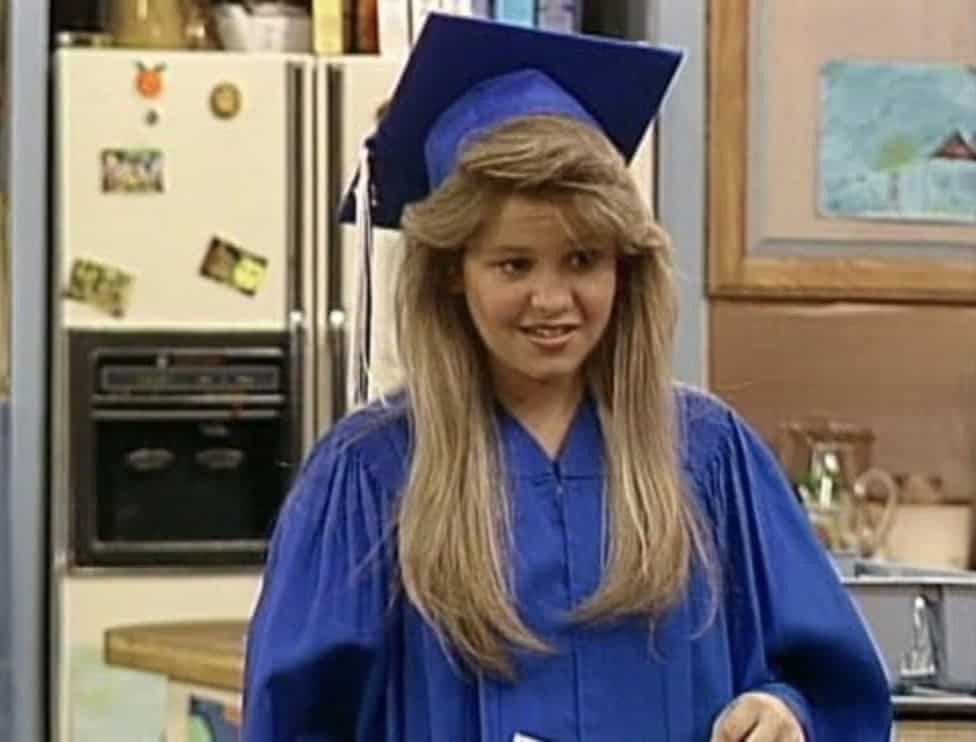
Just about every character on “Full House” was relatable, but none more than eldest daughter D.J. Tanner. Her character navigated the full spectrum of the challenges of growing up and being a teenager, from the loss of her mother to evolving friendships to complicated family dynamics. The show was all about family, and it definitely resonated with audiences.
Balki Bartokomous from Perfect Strangers (Bronson Pinchot)

One of the funniest sitcom characters of all time, recent eastern Mediterranean immigrant Balki Bartokomous was the ultimate fish out of water. Innocent and optimistic about American life, he was the perfect foil to his strait-laced and pragmatic cousin Larry. His humor and heart made him relatable and endearing, especially to viewers who were also immigrants.
Alex P. Keaton from “Family Ties” (Michael J. Fox)
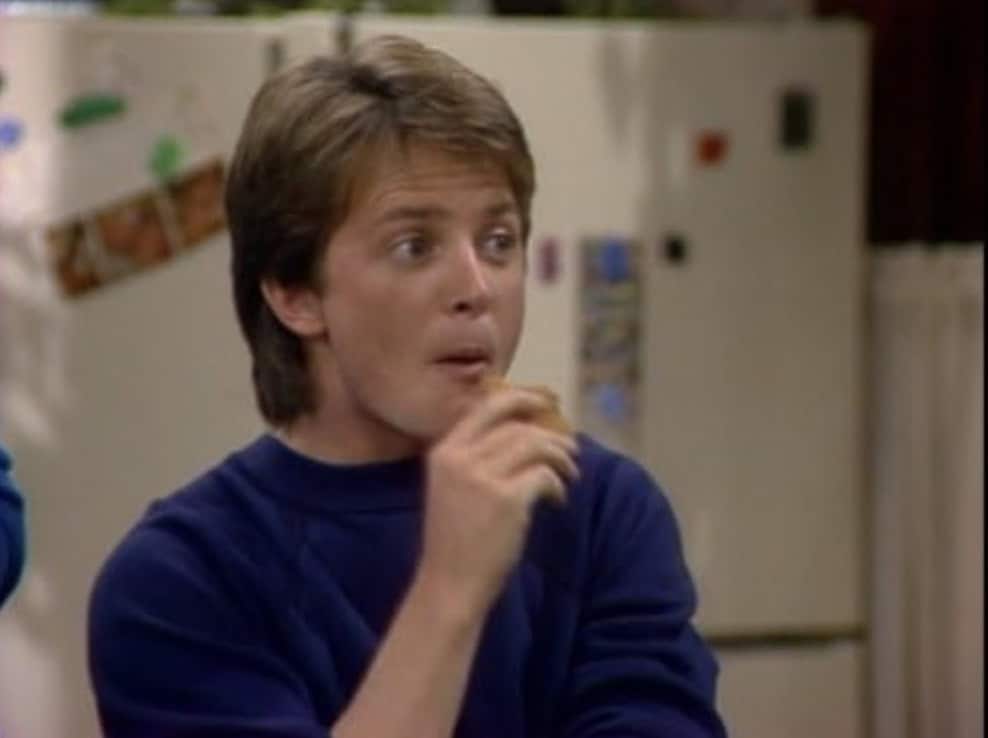
As a conservative son of liberal former hippies, Alex P. Keaton represented a common generational clash of the 1908s. Ambitious and on a mission to be successful, his drive resonated with a lot of young adults who were also trying to forge their own paths. There’s no question that he was also one of the decade’s most iconic TV characters.